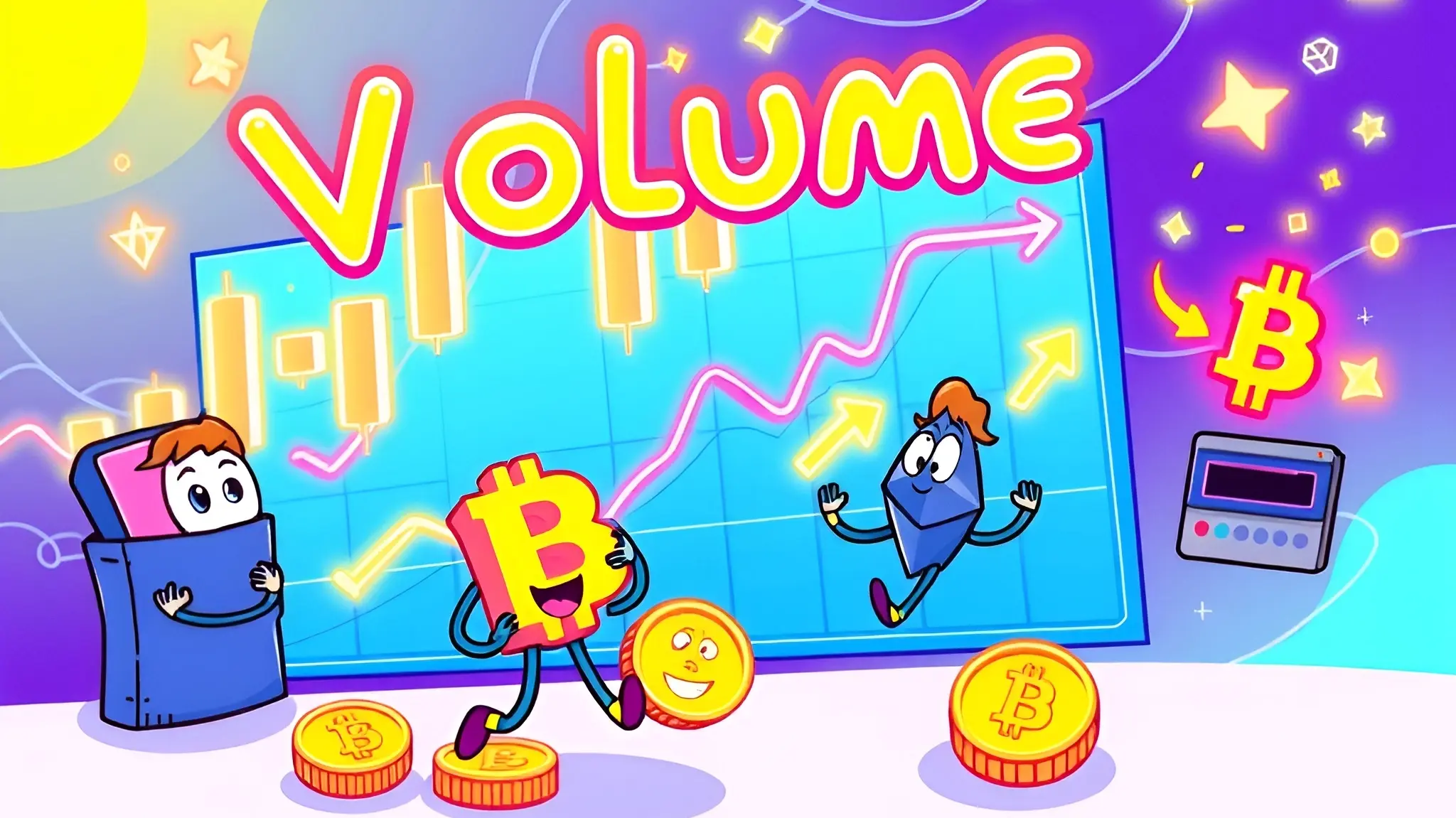What is Volume?
Cryptocurrency trading volume is one of the most fundamental metrics for assessing market activity and sentiment.
A coin or token’s trading volume tells you how much of it is being bought and sold over a given period, usually measured within 24 hours.
This article explores what volume is in trading, its impact on market efficiency, its connection to liquidity, and how it can guide your trading decisions effectively.
Key Takeaways:
ShowDefinition of Volume in Cryptocurrency
Cryptocurrency trading volume measures the total amount of a digital asset that has changed hands (bought or sold) within a particular timeframe.
Often, crypto websites and exchanges highlight the 24-hour trading volume, which helps traders and investors gauge how liquid a market is and how much interest the market participants have in that asset.
A high trading volume usually indicates robust market participation, tighter spreads between bid and ask prices, and easier entry and exit for traders.
Conversely, a low volume might warn of low liquidity, potential price inefficiencies, or insufficient market interest in the asset.
1. Volume vs Liquidity
To understand what is volume in practical terms, it is defined as the sum total of executed trades over a certain timeframe (e.g., 24 hours). It shows how many coins or tokens actually changed hands.
Meanwhile, a liquidity indicates how quickly and easily an asset can be bought or sold without significantly affecting its price.
While they often correlate (higher volume usually implies higher liquidity), they are not the same.
Volume reflects real trades that occurred, whereas liquidity pertains to the depth of the order book—how much is available for trading at each price level.
2. Importance of 24-Hour Volume
- Snapshot of Daily Market Activity: Reviewing the 24-hour volume shows at a glance whether interest in a coin is rising or falling.
- Signaling Demand: A spike in trading volume may suggest a surge in demand (or supply, if the price is dropping), providing clues about short-term price movement.
- Facilitating Price Discovery: When more participants are trading, prices tend to move more efficiently. Low-volume markets are prone to manipulation and erratic price swings.
How Volume Impacts Market Efficiency and Liquidity
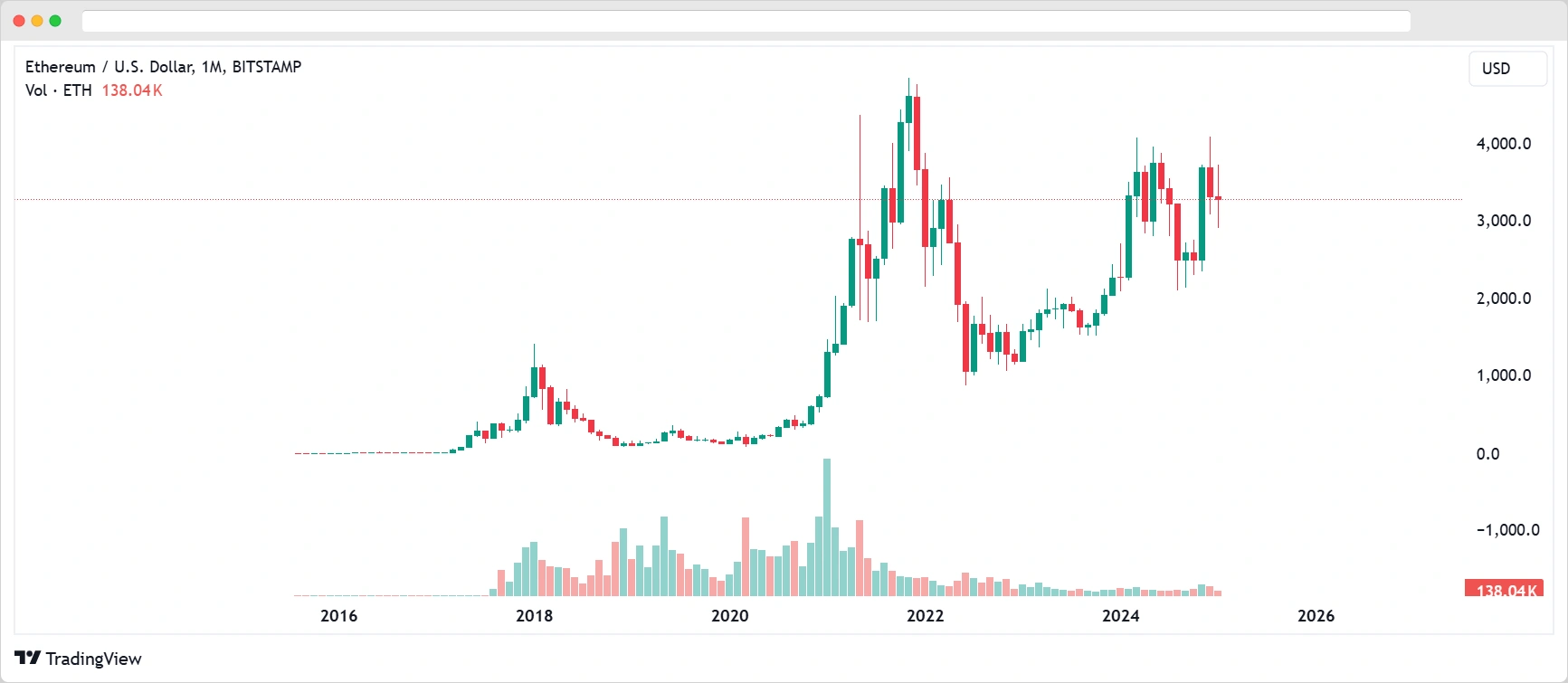
Volume is often seen as a crucial barometer of market health. When volume is robust, the market for that cryptocurrency is generally more fluid: trades can happen quickly, and prices are more likely to reflect actual demand and supply.
1. Fairer Prices
High volume reduces the likelihood of distorted pricing because it minimizes situations where only a handful of trades set the market price.
2. Reduced Slippage
When the market has higher volume and better liquidity, a trader can buy or sell a large order with minimal price impact.
3. Potential Arbitrage Opportunities
In low-volume environments, the same coin can trade at widely differing prices on various exchanges.
Some traders exploit these gaps by purchasing cheaply on a low-volume exchange and selling at a higher price elsewhere.
Using Volume as a Trading Indicator
One of the core principles of technical analysis in crypto is that volume often confirms or contradicts price action.
Traders integrate volume analysis with chart patterns, support/resistance levels, and other indicators to make better-informed decisions.
1. Confirmation of Trend Direction
When prices break above a resistance level or drop below support, this begs the question, what is volume really telling us?
From a general technical analysis’ point of view, a corresponding spike in volume confirms that the trend move is genuine.
- Breakouts and Breakdowns: If you observe Bitcoin breaking a crucial resistance accompanied by much higher-than-average volume, that suggests more traders are involved, reinforcing the breakout’s legitimacy.
- Reversals: If the volume is drying up while the price continues to move in a particular direction, it might signal a weakening trend—eventually paving the way for a reversal.
2. Identifying Market Sentiment
Volume can act as a sentiment gauge in both bullish and bearish scenarios, even for any stable tokens, such as ETH, USDT, etc.
- Bullish Sentiment: An abrupt rise in volume during an uptrend suggests new buyers entering the market aggressively, reinforcing upward momentum.
- Bearish Sentiment: A sudden volume spike during a price drop may indicate panic selling or the entrance of a large seller. If volume remains elevated, it could drive prices further downward.
3. Volume and Liquidity Dynamics
- High Trading Volume → High Liquidity: High-volume markets typically have more participants, tighter bid–ask spreads, and less chance of slippage.
- Low Trading Volume → Price Manipulation Risk: When volume is low, a few large trades (so called “whale” trades) can move the price significantly, creating riskier conditions for smaller traders.
Key Technical Indicators Based on Volume
Traders frequently employ specialized indicators to gain a deeper perspective on volume trends, breakouts, and market sentiment. Here are two of the most popular:
1. On-Balance Volume (OBV)
When exploring what is volume in technical analysis, On-Balance Volume (OBV) is one of the most talked indicator these day.
The OBV provides a running total that answers this by adding or subtracting the day’s trading volume depending on price movement.
- Purpose: Helps identify whether buyers or sellers are dominating the market.
- Usage: When OBV diverges from the coin’s price movement, it can signal an impending trend change.
For instance, if the price makes new highs but OBV fails to do so, it may indicate diminishing buying pressure.
2. Money Flow Index (MFI)
This oscillator ranges from 0 to 100 and incorporates both volume and price to identify overbought or oversold conditions.
- Overbought (80 or higher): Suggests buying volume may be peaking; a downward price correction could be imminent.
- Oversold (20 or lower): Implies the selling pressure is reaching extremes, and a bounce might follow.
How Regulatory Impact the Trading Volume?
Regulatory developments—such as exchange licensing requirements, new KYC (Know Your Customer) obligations, or restrictions on margin and futures trading—often trigger immediate shifts in trading volume.
1. Tighter Monitoring of Prime Brokerages
For example, in mid-2024, certain major exchanges began requiring detailed information from prime brokerage clients (including subaccount holders).
This may influence the number of trades if larger players prefer certain exchanges where compliance regulations match their comfort level.
2. Potential Bans or Approvals
Announcements by governments or regulatory bodies can either flood the market with new participants (when regulations are favorable) or cause traders to exit (if the environment becomes overly restrictive). Both outcomes are reflected in trading volume shifts.
Strategies for Volume-Based Trading
While there is no universal formula for “best” trading strategies, volume-based approaches can offer clarity and confirmation:
1. Observing Breakouts with Volume Spikes
- High Volume on Breakout: If a coin breaks a longstanding resistance on high volume, it is often a good sign for long (buy) positions.
- Failing Breakouts: If the price tries to push through resistance but volume remains low, consider being cautious—these moves may not be sustained.
2. Tracking Volume Divergence
- Price Up, Volume Down: A potential weakening uptrend.
- Price Down, Volume Down: A possible slowdown in selling pressure, indicating a bottom may be near.
3. Combining Volume with Other Indicators
Traders often blend volume signals with:
- Moving Averages: A surge above a 50- or 200-day moving average with higher-than-average volume can reinforce a bullish sign.
- Candlestick Patterns: If a bullish pattern like a hammer or engulfing candle occurs on strong volume, it adds credibility to the potential reversal.
Low vs High Volume Markets
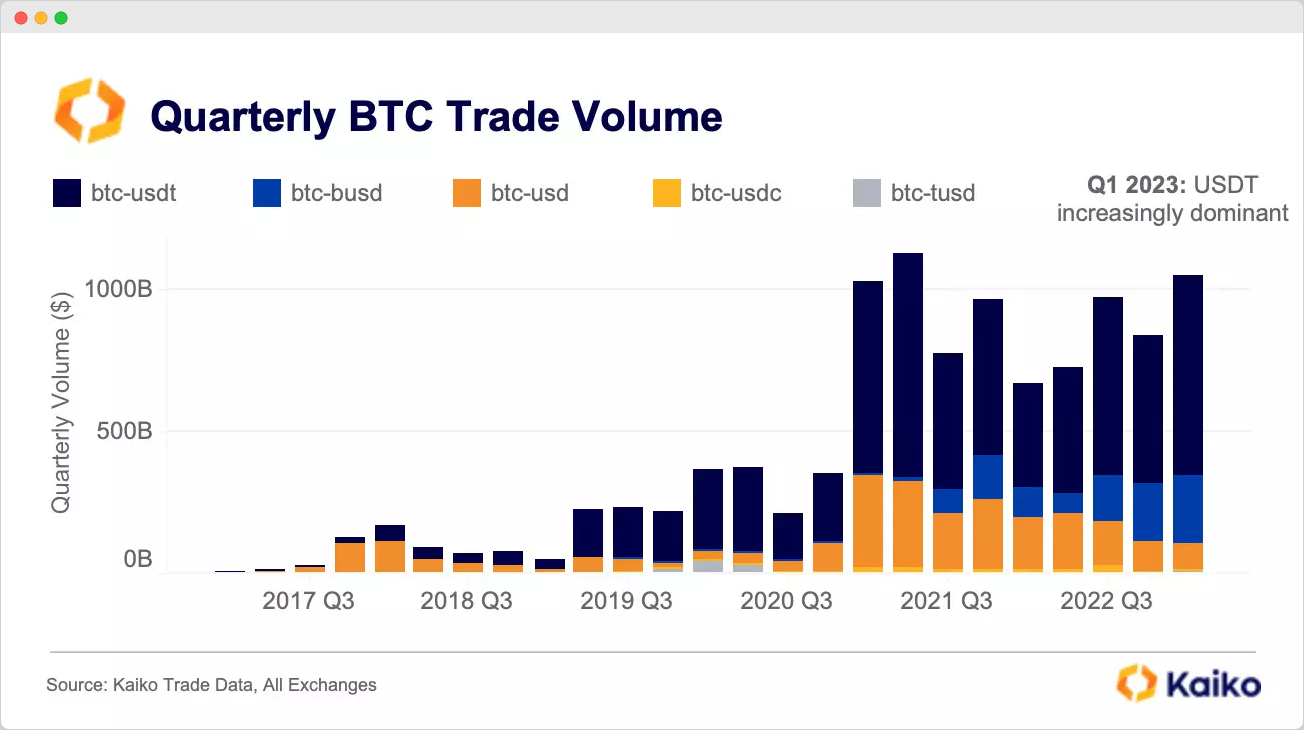
1. Low Volume Exchanges
- Arbitrage Opportunities: Some traders look for price discrepancies. If an exchange is offering a low price for a coin due to inadequate buying interest, someone may purchase cheaply and sell it on a busier exchange at a premium.
- Caution for Traders: Low volume can be risky if you need to unload large positions; the spread (the gap between the highest bid and lowest ask) might be too wide.
2. High Volume Exchanges
- Efficient Pricing: More traders typically mean fairer prices since no single trade can drastically manipulate the market.
- Reduced Slippage: Traders can execute large orders without significantly influencing the price.
Volume Spikes, Trends, and News Events
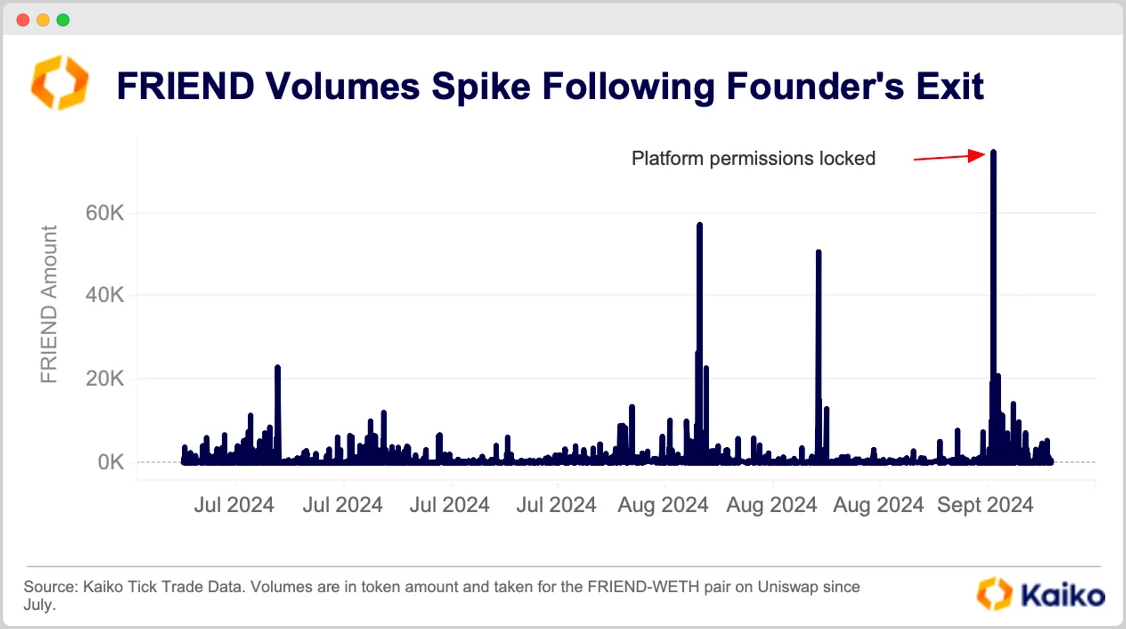
Volume often reacts sharply to major news—regulatory announcements, partnership deals, or global economic changes.
- Positive News: Unexpectedly good developments can spur heavy buying volume.
- Negative News: Regulatory clampdowns, exchange hacks, or unfavorable economic data can quickly boost sell volume.
- Understanding Market Reactions: If you see a sudden volume surge without clear news, watch carefully for potential “whale” manipulation or unusual speculation.
Final Word
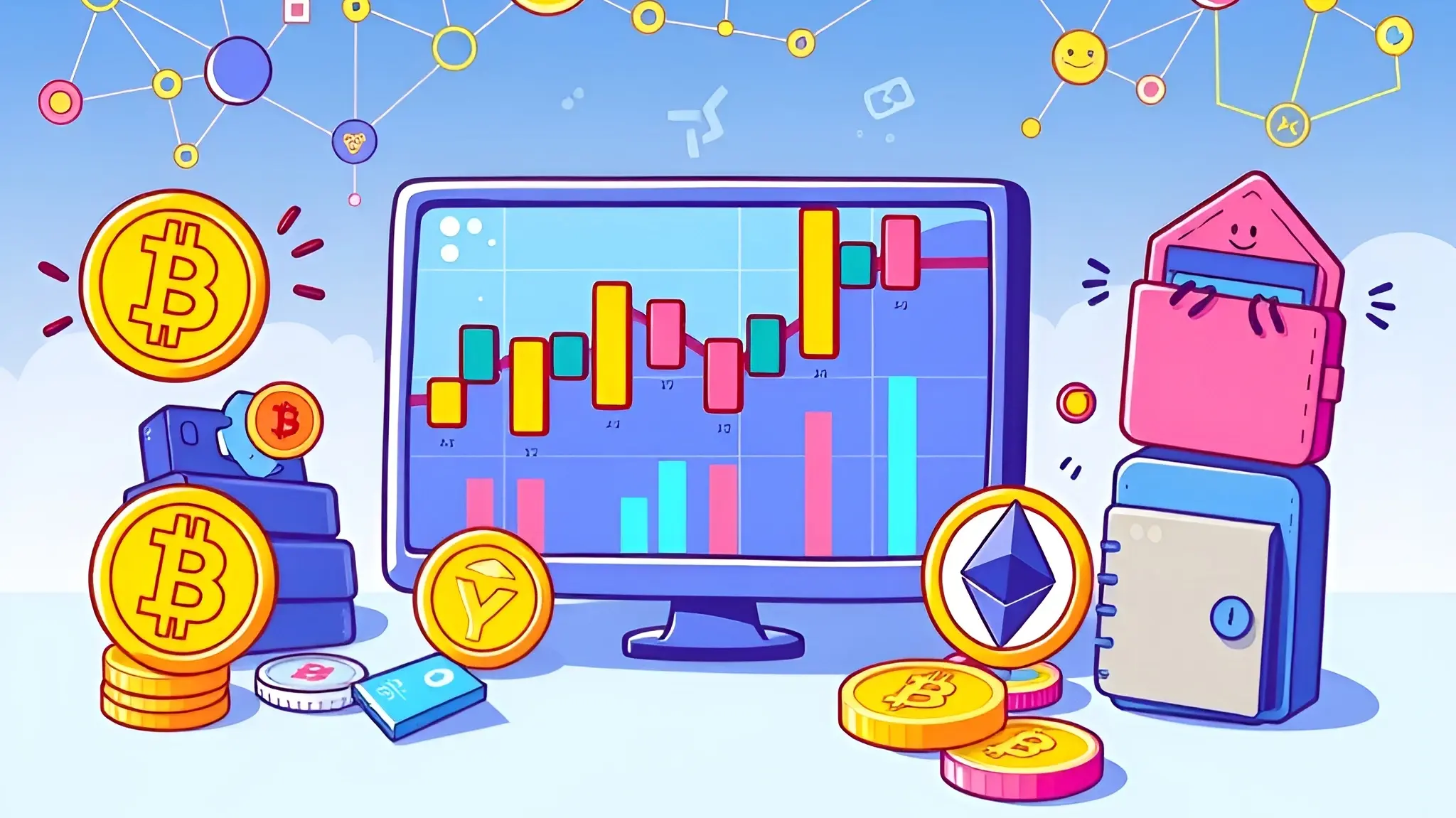
Overall, volume should not be considered a holy grail. Instead, complement it with fundamental research, monitor market sentiment.
While volume can confirm trends, it can also be influenced by sudden news, large institutional trades, or regulatory shifts.
It underpins liquidity, influences price discovery, and can validate or contradict other technical indicators.
As with all trading indicators, the key is using volume analysis as one piece of a larger decision-making puzzle.
So, it is an essential concept in crypto trading that answers the question what is volume—an indispensable metric that mirrors the conviction and participation of market players.
Frequently Asked Questions (FAQs)
What does volume mean on a coin?
Volume on a coin refers to the total amount of that particular cryptocurrency that has been traded (bought and sold) over a specific time period. It indicates the level of activity and liquidity for that coin.
What is 24h volume in cryptocurrency?
The 24h volume in cryptocurrency is the total trading volume of a cryptocurrency within the last 24 hours. It shows how much of the asset has changed hands during that period, offering insights into market activity and trader interest.
What is volume in Binance?
On Binance, volume is the measurement of the total amount of a cryptocurrency that has been traded on the platform within a defined period (often 24 hours). This data helps traders assess the liquidity, market strength, and potential price movement of various assets listed on the exchange.

